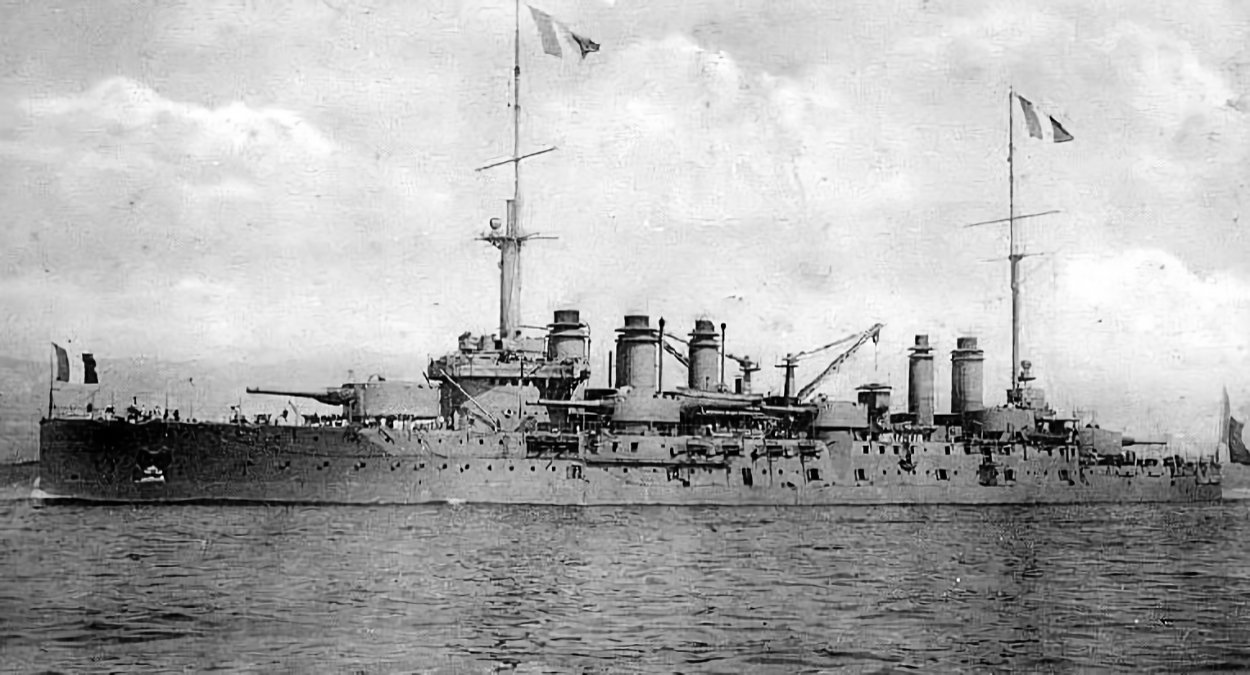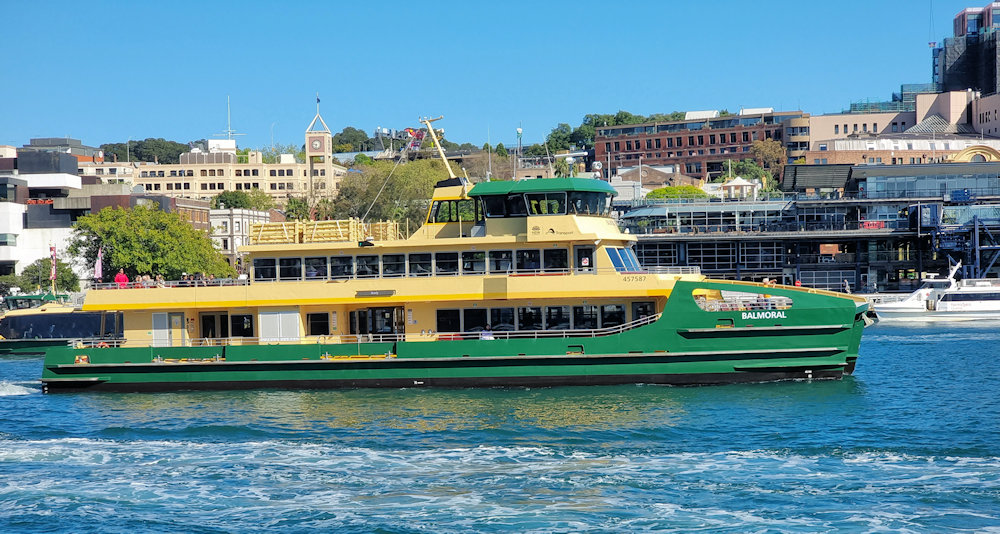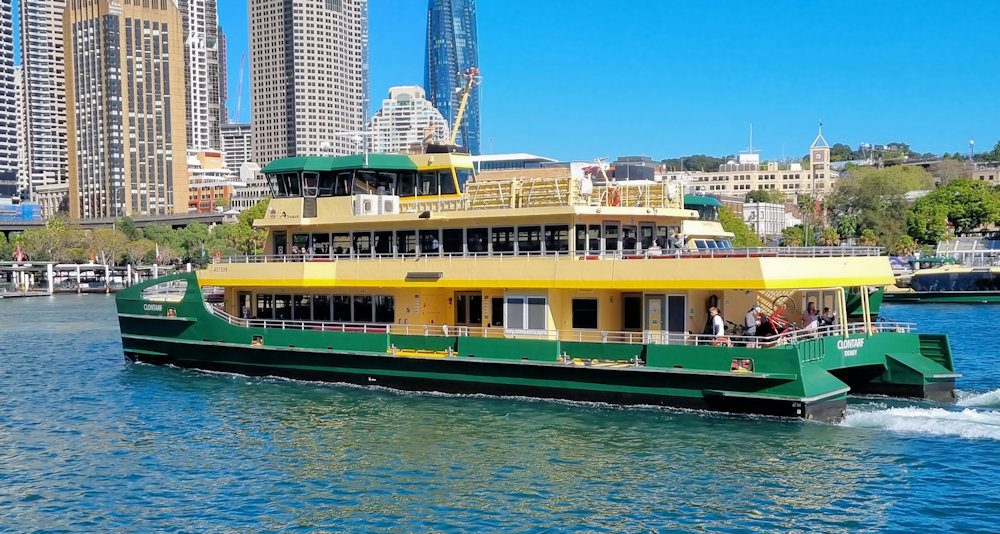Tag: Ship
-
French Battleship Vergniaud

French Battleship Vergniaud Vergniaud was a French semi-dreadnought battleship of the Danton-class. Launched on 12 April 1910, she was commissioned into the Marine Nationale on 18 December 1911. On 16 August 1914, Voltaire participated in the Battle of Antivari along with a large Fleet of British and French ships. She participated in the sinking of… Read more
-
Sydney Ferry Balmoral

Sydney Ferry Balmoral The Balmoral is an Generation 2 Emerald class ferry operated by Sydney Ferries on Sydney Harbour. It has a wave piercing bow enabling it to cross the Sydney Heads on days with high swells while operating from Circular Quay to Manly. Balmoral was completed in 2021. Read more
-
Sydney Ferry Clontarf

Sydney Ferry Clontarf The Clontarf is an Generation 2 Emerald class ferry operated by Sydney Ferries on Sydney Harbour. It has a wave piercing bow enabling it to cross the Sydney Heads on days with high swells while operating from Circular Quay to Manly. Read more